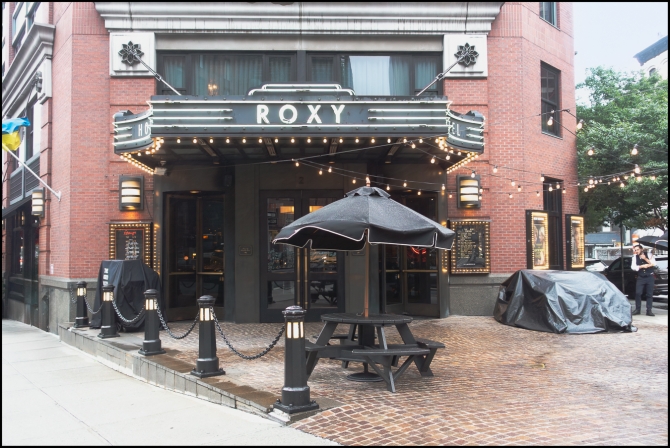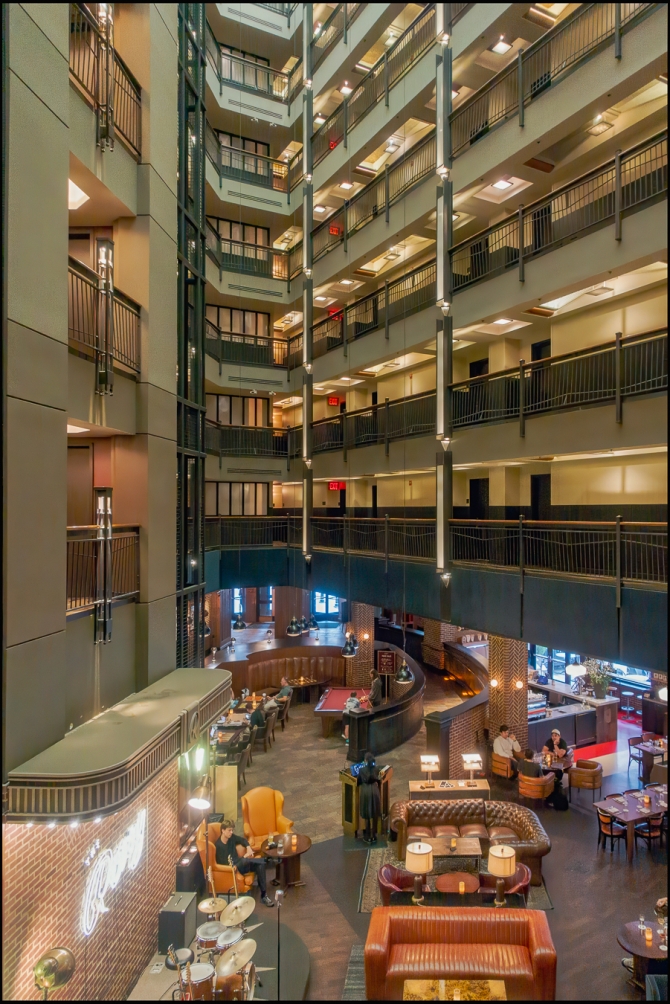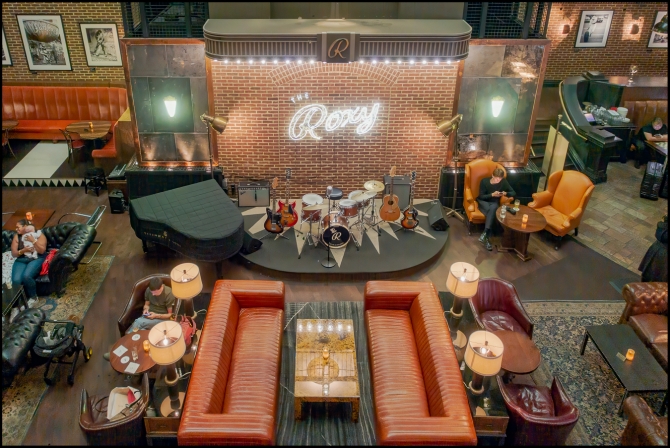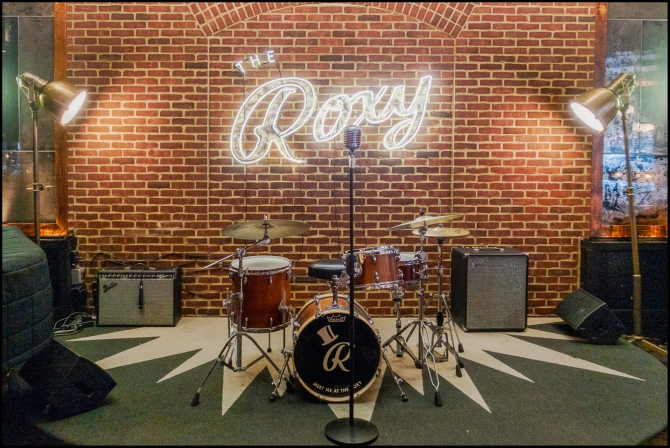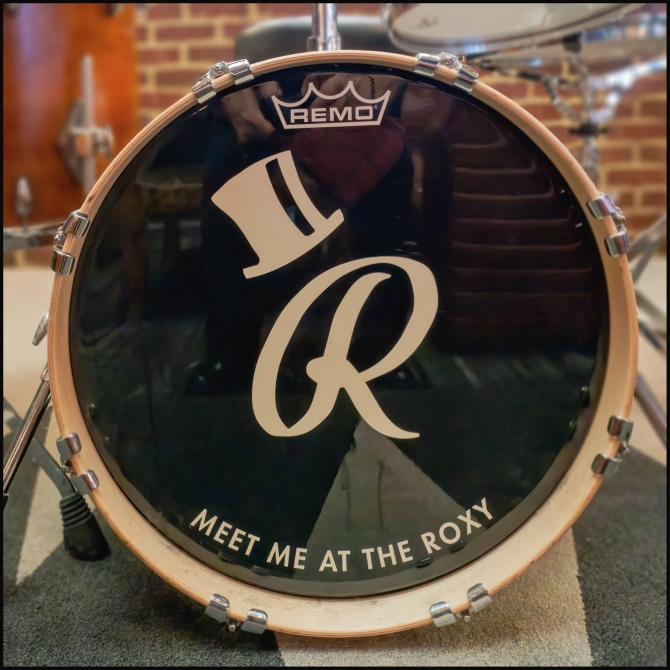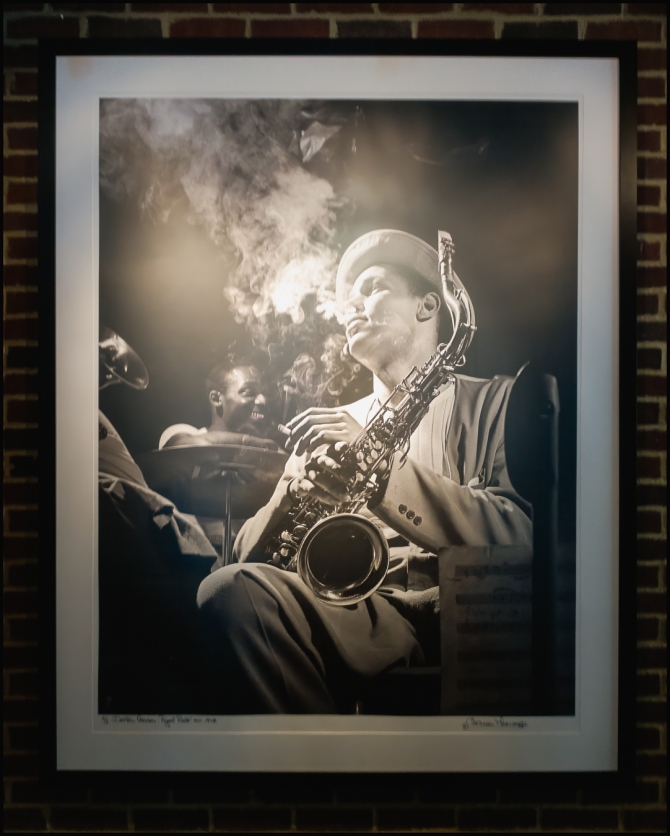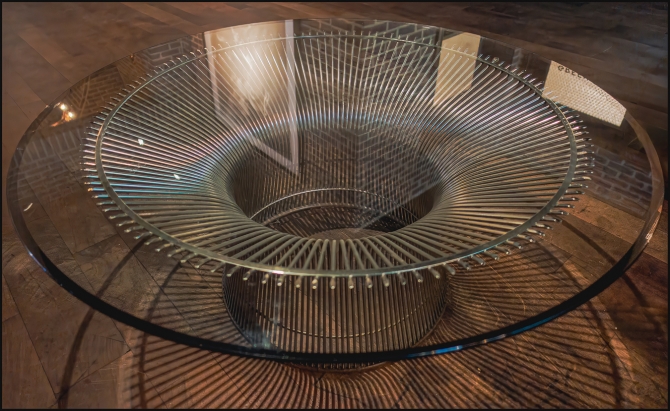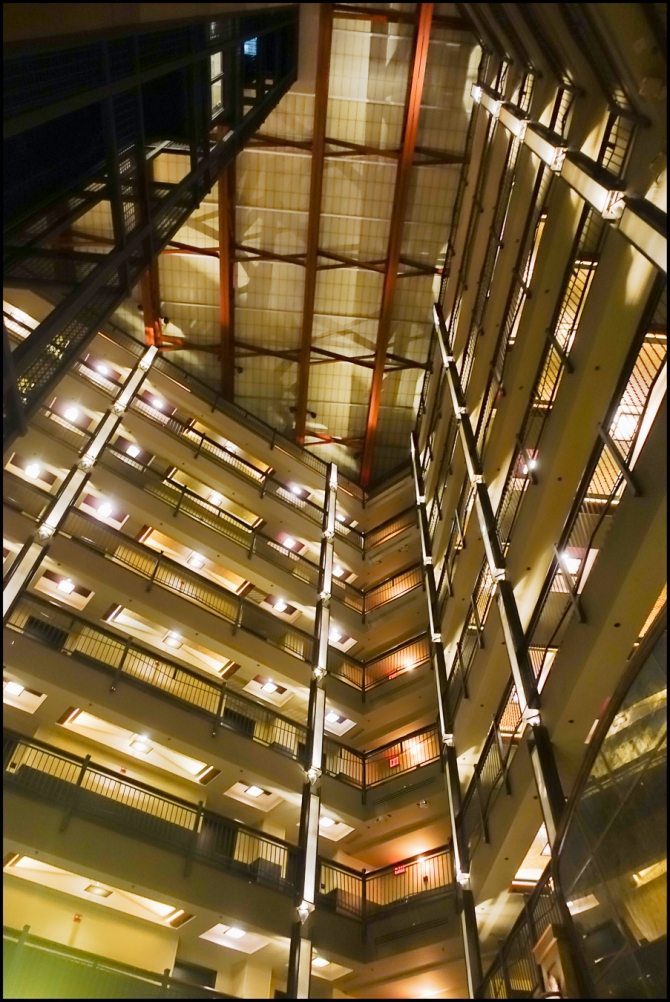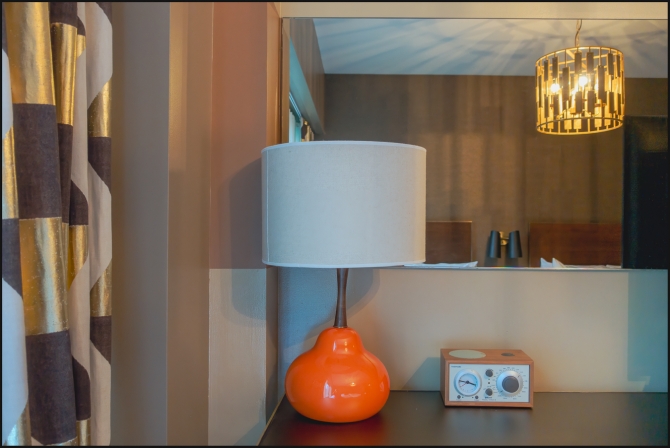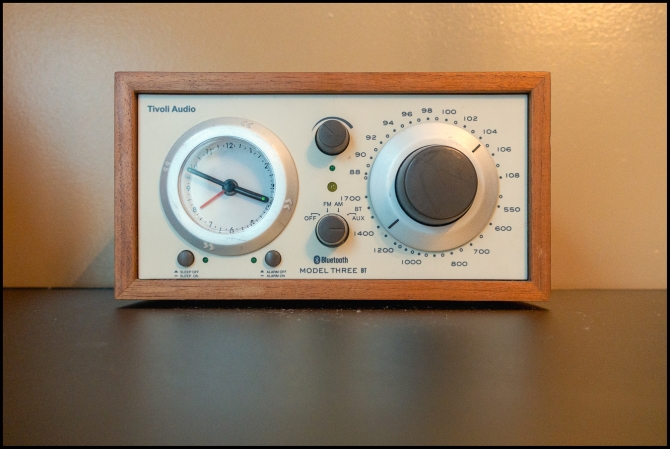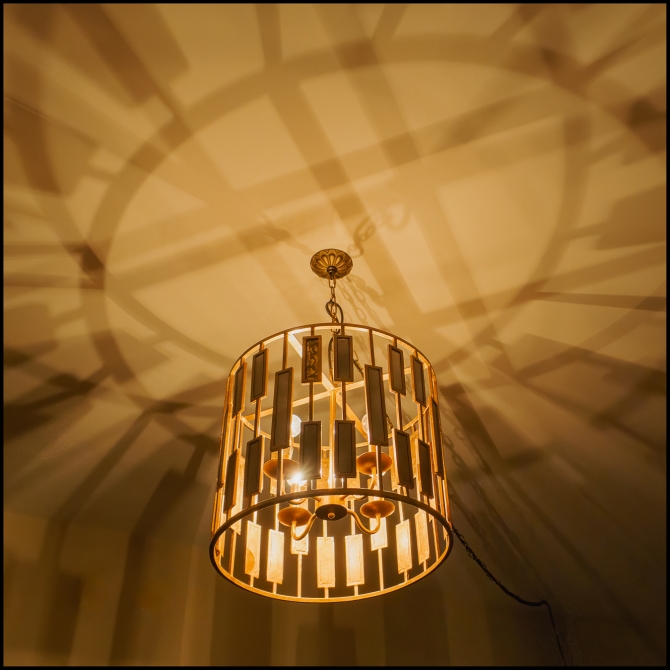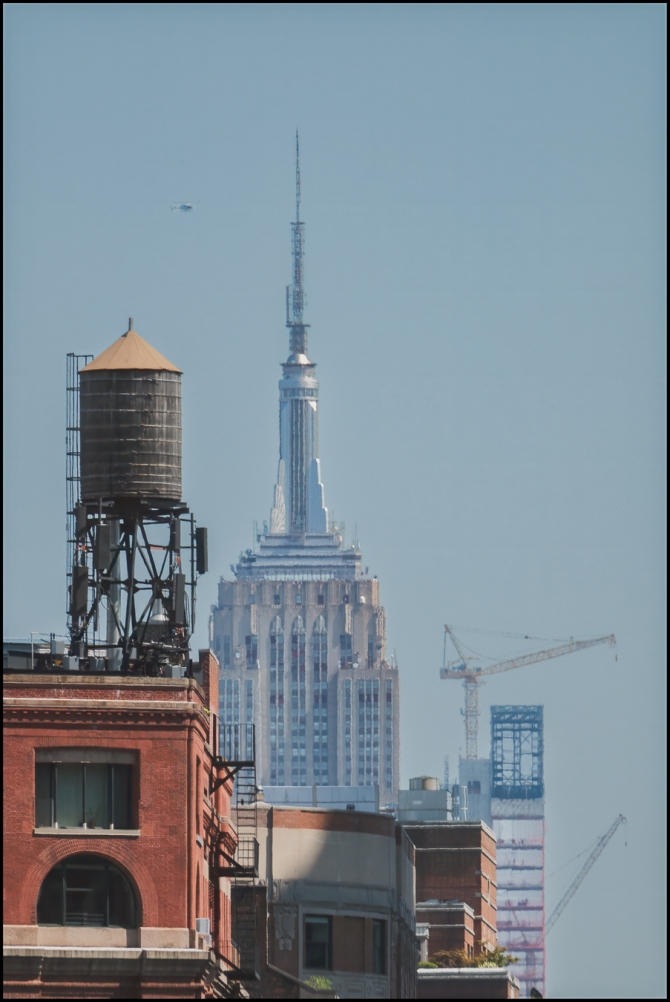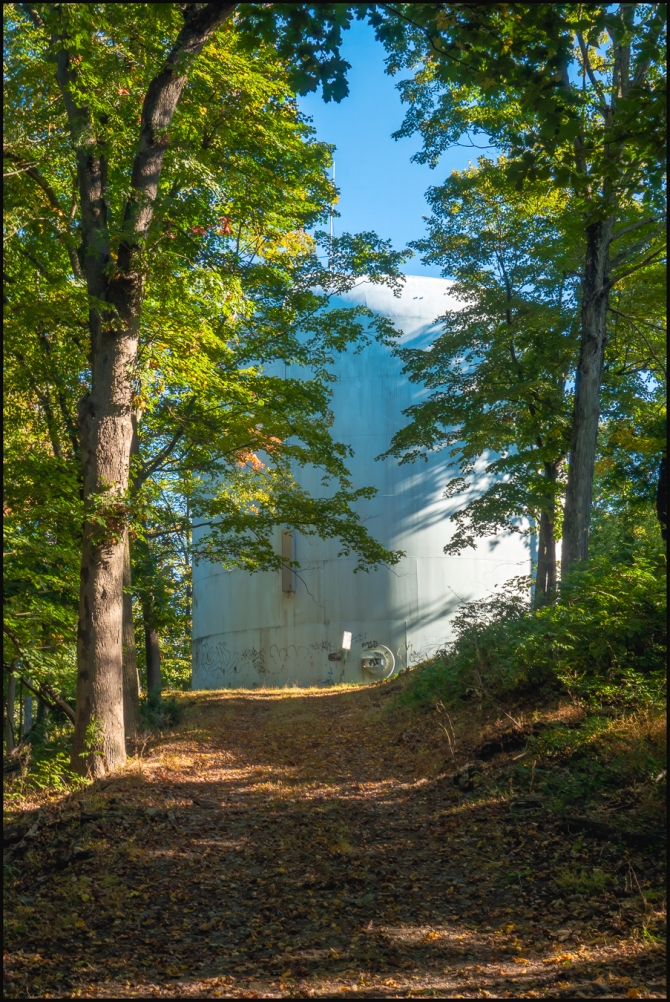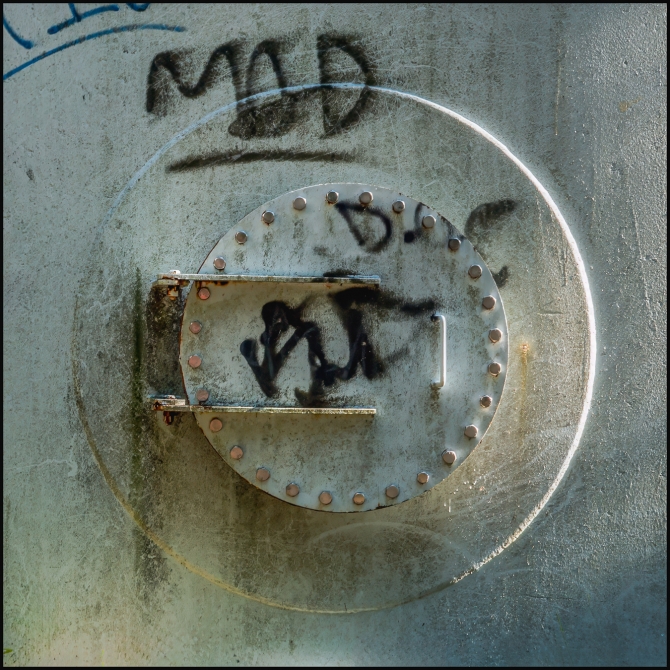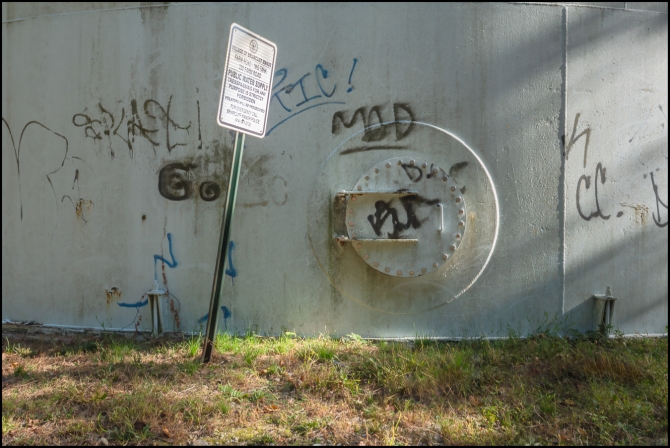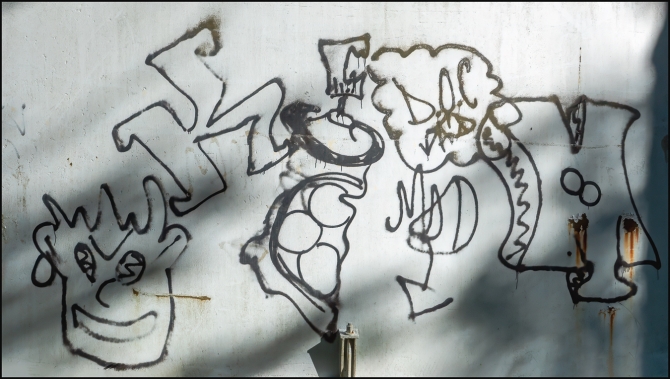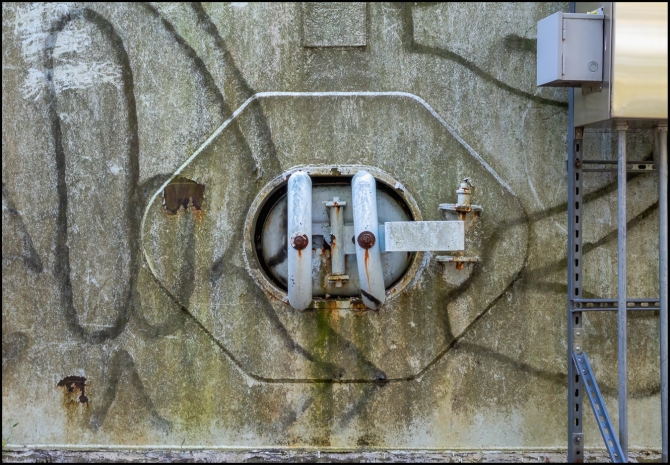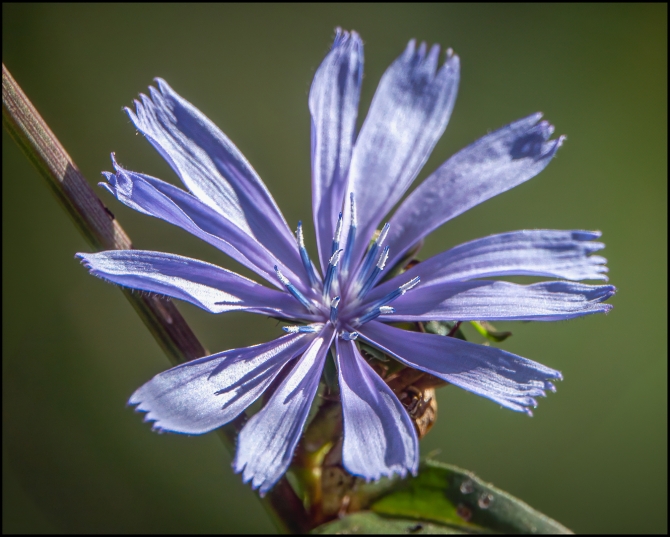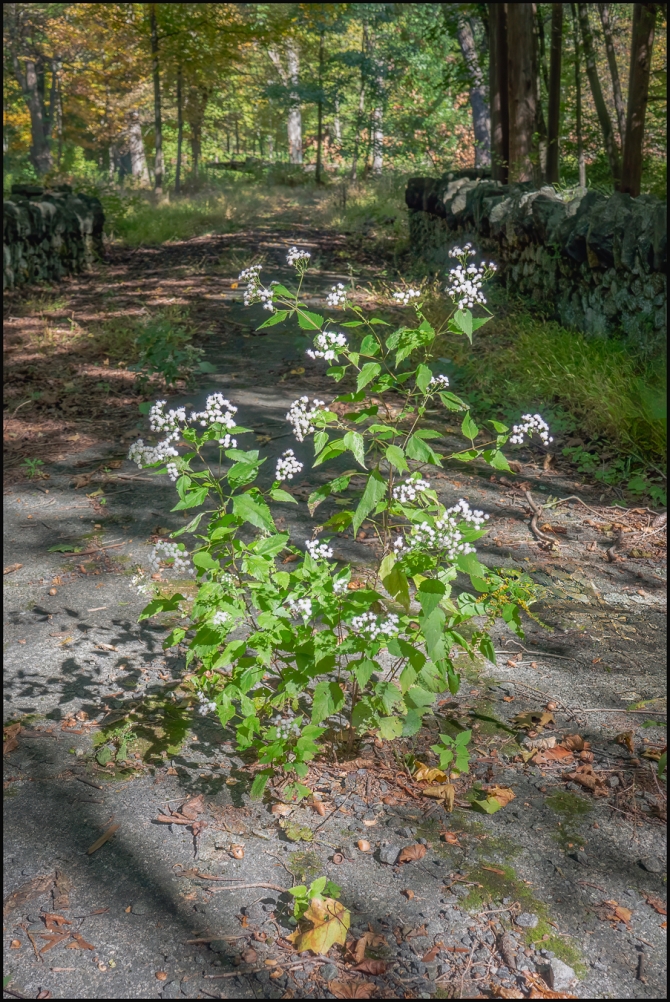The first night we stayed at The Roxy. This was largely because we were going to spend the evening in Django, the jazz club in the basement.
The hotel’s website says this about its history:
For the action-seekers, attention-getters and rabble-rousers, The Roxy Hotel New York and its surrounding neighborhood have long been a hub of creativity. Consider that steps away, in 1978, the Mudd Club was the nexus of the city’s underground music and art scene with a gallery curated by Keith Haring. The Talking Heads were performing at Tribeca’s Ocean Club. Then came the era of The Odeon, Keith McNally’s still-open dining destination, catering to the movie and financial people colonizing Soho and Tribeca’s lofts.
The Tribeca Grand was the first major hotel in an area home to boldface celebrities and a dynamic mix of restaurants, shops, financial institutions and thriving independent film companies. Envisioned by Soho Grand owners Leonard and Emanuel Stern to be a sister property, Tribeca Grand long thrived.
In 2015, it was time for a second act. The name “The Roxy Hotel New York” was born, a name with its own scintillating New York history. Evoking the spectacular 1920s movie theater and the legendary ‘90s dance club, The Roxy is an electric destination for music, film, and art. The guest rooms were fully renovated to give a wink to the past, yet are modern and uniquely “Roxy”. And with venues like Paul’s Cocktail Lounge, Roxy Bar, The Django jazz club, Jack’s Stir Brew Coffee, and Roxy Cinema New York, the hotel continues to be the pioneer it was born to be.
In 2000, the Tribeca Grand Hotel established itself as the first major hotel in the area to embrace the cultural hotbed it was at the center of. Celebrities, art & film productions, restaurants, new luxury shops and more all intersected and met to play together. In 2015, the hotel took on a new name, The Roxy Hotel New York, paying homage to its artistic origins and entertaining history.
Tribeca stands for the “Triangle Below Canal,” a coveted, affluent area in downtown New York. Walk through it and you’ll see a plethora of industrial, cast-iron buildings, some of which attracted artists in the ‘70s and ‘80s for their vast scale, now converted to luxurious lofts and boutique hotels. Tribeca also maintains a quiet, village feel with cobblestone streets, lush, pristine parks, and access to the Hudson River waterfront. One World Trade Center is just 13 blocks south.
The neighborhood has continued its tradition of being home to world-renowned restaurants, upscale boutiques, and home design stores. Tribeca animates at night with those looking for a bit more substance than the pubs and clubs. For that persuasion, The Roxy Hotel has long been a beacon. The hotel has always had film and music in its bones, including a longtime involvement with Tribeca Film Festival. It has hosted many screenings and events, as well as live performances by bands like Blood Orange, The XX, and LCD Soundsystem. Today, with its electric new name, plus new offerings like The Django Jazz Club, the Roxy Cinema, and Jack’s Stir Brew Coffee, The Roxy Hotel ushers in an exciting new era.
The lobby (next six pictures) is really impressive.
Some pictures taken inside my room.
Taken with a Sony RX100M3

